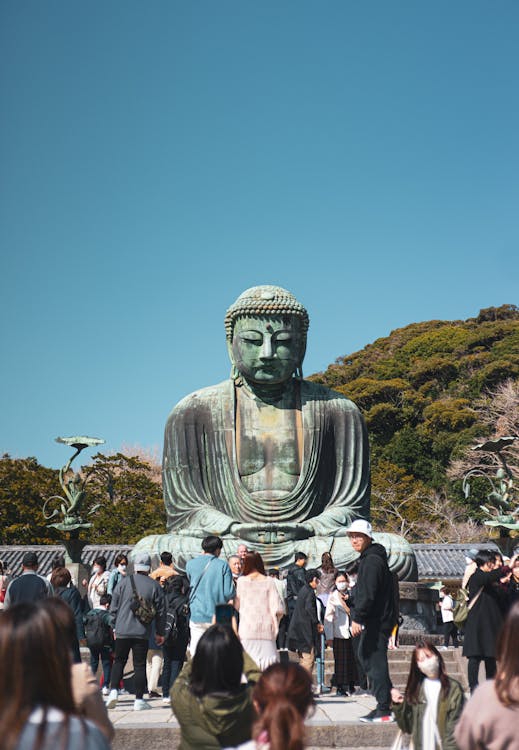Buddha Purnima 2024 - Know all about
Buddha Purnima, also known as Vesak or Buddha Jayanti, is a significant and sacred festival celebrated by Buddhists around the world. It marks the birth, enlightenment, and death (Parinirvana) of Gautama Buddha, the founder of Buddhism. This auspicious day is observed on the full moon day of the month of Vaisakha (April/May), according to the lunar calendar.

Historical Significance
Gautama Buddha, born as Siddhartha Gautama in 563 BCE in Lumbini (modern-day Nepal), was a prince who renounced his royal life in search of truth and enlightenment. At the age of 35, after years of meditation and ascetic practices, he attained enlightenment under the Bodhi tree in Bodh Gaya, India. His teachings form the foundation of Buddhism, which emphasizes the path to enlightenment through ethical conduct, meditation, and wisdom.
Observance and Rituals
Buddha Purnima is celebrated with great devotion and reverence. The day typically begins with visits to temples and monasteries, where devotees participate in various rituals and prayers. Some of the common practices include:
- Offering Alms: Devotees offer food, robes, and other essentials to monks and nuns. This act of generosity, known as Dana, is considered a way to cultivate virtue and merit.
- Chanting and Prayers: Buddhists gather to chant sacred texts and recite prayers, seeking blessings and expressing gratitude to the Buddha.
- Bathing the Buddha: Statues of the Buddha are ceremonially bathed with scented water or milk, symbolizing the purification of the mind and soul.
- Meditation: Many observe the day with extended periods of meditation, reflecting on the Buddha's teachings and striving for inner peace.
- Lighting Lamps: Lighting lamps and candles symbolizes the enlightenment and wisdom brought into the world by the Buddha.
Did You Know?
On Buddha Purnima, it is common for Buddhists to abstain from eating meat and instead consume vegetarian meals. This practice underscores the principle of non-violence and compassion towards all living beings.
Buddha Purnima Around the World
Buddha Purnima is celebrated with various customs and traditions across different countries. In India, major celebrations take place in Bodh Gaya, Sarnath, and Kushinagar, which are significant locations in the life of the Buddha. In Nepal, the birthplace of Siddhartha Gautama, grand processions and prayers mark the occasion.
In Sri Lanka, Vesak is the most important Buddhist festival, with the entire country adorned with colorful lanterns and decorations. Devotees engage in acts of charity and host public feasts. Similarly, in countries like Thailand, Myanmar, and Cambodia, the day is marked by temple visits, almsgiving, and religious ceremonies.
The Teachings of Buddha
At the heart of Buddha Purnima lies the reverence for the teachings of Gautama Buddha. His core teachings, encapsulated in the Four Noble Truths and the Eightfold Path, provide a guide for overcoming suffering and attaining enlightenment:
- The Four Noble Truths:
- The truth of suffering (Dukkha)
- The truth of the cause of suffering (Samudaya)
- The truth of the end of suffering (Nirodha)
- The truth of the path leading to the end of suffering (Magga)
- The Eightfold Path: A practical guide comprising right understanding, right intention, right speech, right action, right livelihood, right effort, right mindfulness, and right concentration.
Conclusion
Buddha Purnima is a day of profound spiritual significance, celebrated with deep devotion and reflection by Buddhists worldwide. It is an occasion to honor the life and teachings of Gautama Buddha, fostering a sense of compassion, peace, and wisdom. As we commemorate this sacred day, we are reminded of the timeless message of the Buddha: the path to enlightenment is open to all who seek it with a sincere heart.
References
- Williams, Paul. Buddhism: Critical Concepts in Religious Studies. Routledge, 2005.
- Harvey, Peter. An Introduction to Buddhism: Teachings, History, and Practices. Cambridge University Press, 2013.